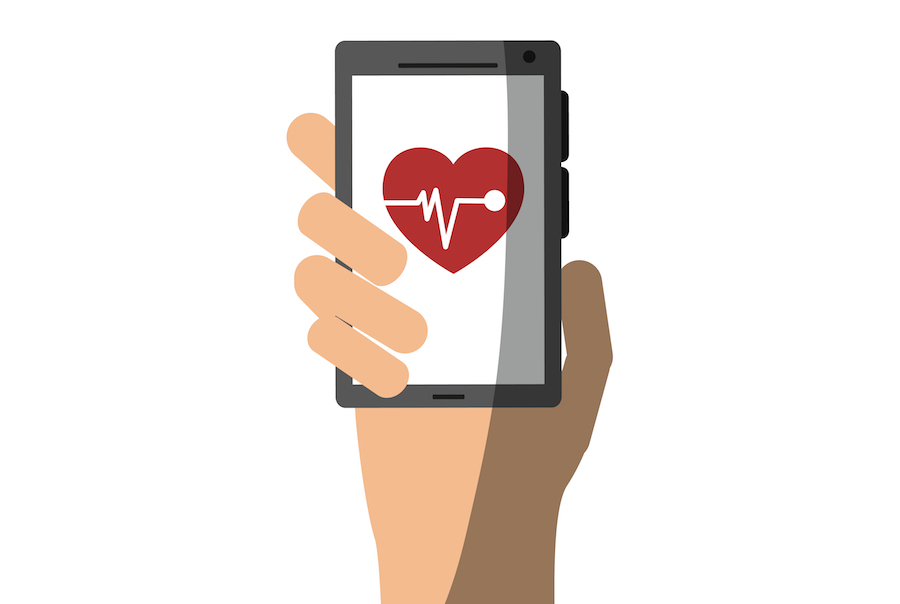Could mhealth be the key to improved health and productivity in an organisation?

It’s easy to see why some of the more traditional strategies fail. If you’ve never worked up a sweat, taken 20 minutes out to practise mindfulness, or overhauled your spending habits, your employer is unlikely to change your behaviour with a few posters and a challenge to notch up the most steps.
Sadly though, it’s these hard-to-reach employees that will deliver the biggest results. Even a small engagement with a health programme will lead to the sort of changes that can cut absence rate, boost productivity and even add years to these individuals’ lives.
Getting personal
Step forward mHealth. Using an app to provide health and wellbeing advice gives a much more personal feel. Employees can select exactly what they want to engage with and how often they want the device to interact with them.
What’s more, as it’s on mobile technology, employees can tap into it whenever they like. Some meditation exercises on the delayed 8.11am train into London Waterloo? Planning healthier food choices before hitting the supermarket on Saturday morning? Or brushing up on information about managing finances effectively in the run up to payday? It’s all at their fingertips.
mHealth offers plenty of variety in the way employees can interact with it. As an example, Aon’s Well One app can provide information, personalised digital coaching and goal setting to support an employee’s physical, emotional, social and financial health.
Healthy competition
There’s also a social element, and these mHealth apps are ideal for corporate challenges. Enabling employees to put themselves up against their colleagues could fire up the competitive spirit, making healthy living fun and creating a buzz in the workplace.
To maximise this, it’s essential to set the right challenges as this will engage more employees. As an example, on Well One, employees could be challenged to take a photo of a summer scene to help them feel more calm and relaxed.
The variety of material and means of engagement on mHealth apps means there’s something for everyone. Plus, whether as a result of curiosity, or a healthy bit of peer pressure, we find that employees will start to look at information on aspects of their health they’d never really engaged with before.
This engagement can be further reinforced by the use of scores and rewards. For instance, on Well One, employees get a personal score to see how the changes they make are improving their health and wellbeing. This, plus the opportunity to win employer funded rewards such as supermarket vouchers and free coffees, encourages users to come back for more.
Driven by data
While mHealth can help to drive engagement among employees, the key to getting the most out of it is data. On an individual basis, the more information an employee provides to the app, including data from other linked devices such as fitness trackers and heart monitors, the more personalised and targeted the service they’ll receive.
The same applies to the employer. Using data such as absence rate information, health risk assessment results and PMI claims statistics to understand the health and wellbeing issues that are prevalent in the workplace can help an employer use mHealth much more effectively. For instance, knowing that stress is one of the main causes of employee absence, might lead an employer to promote the mental health and relaxation aspects of a mHealth app more.
Having this strategy in place also enables an employer to track improvements.
Ultimately, knowing your employees are healthier and happier as a result investing in their wellbeing will bring significant benefits to the health and productivity of your employees and your organisation.
The author is Colin Barnes, director, propositions and development at Aon.
This article is sponsored by Aon.







